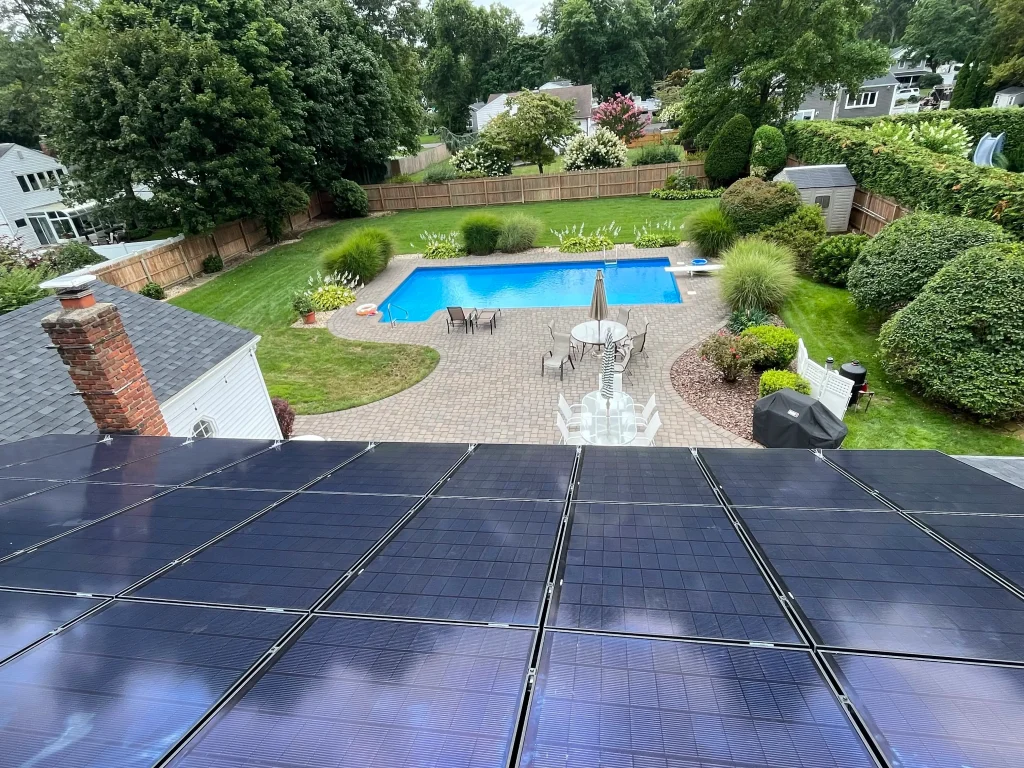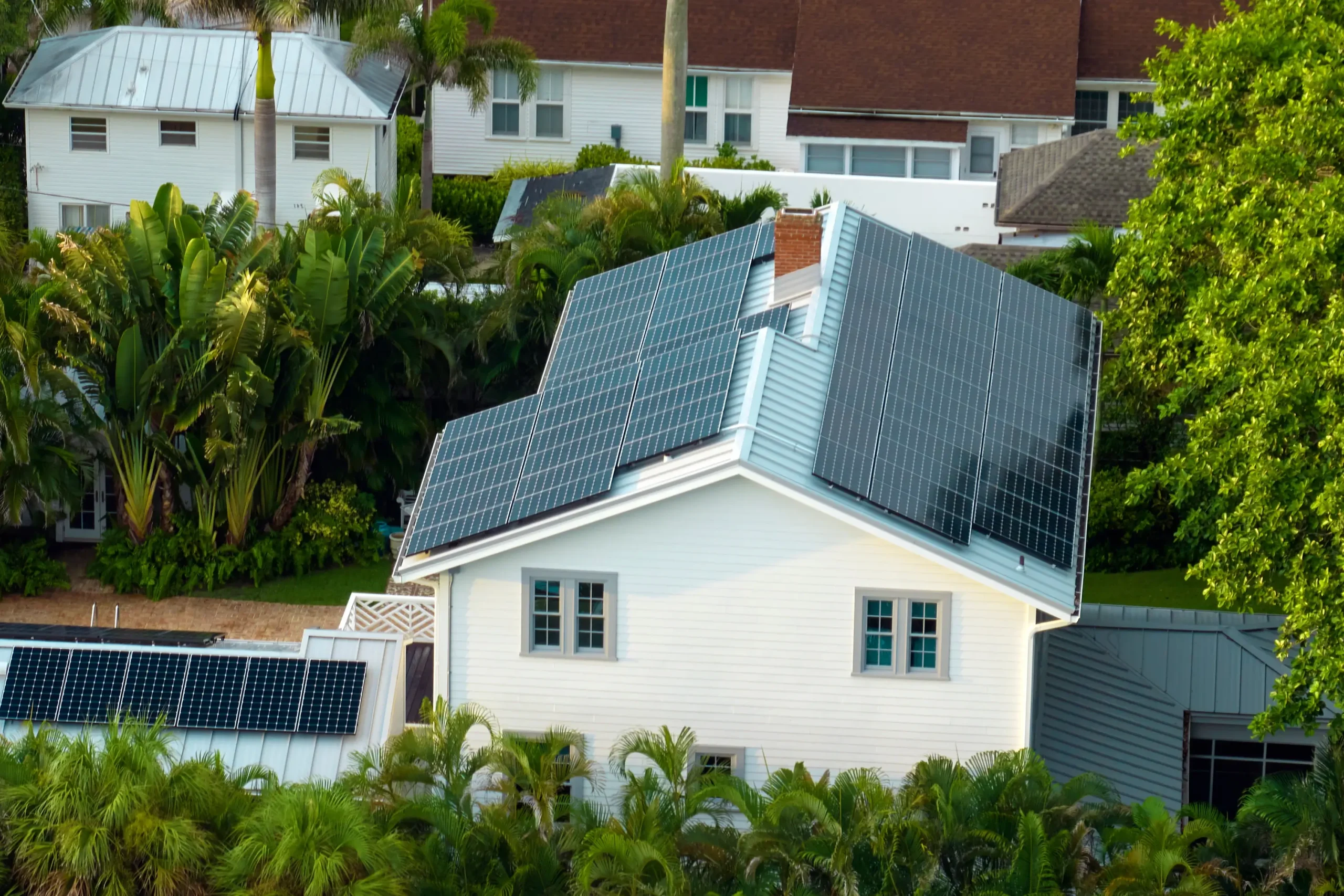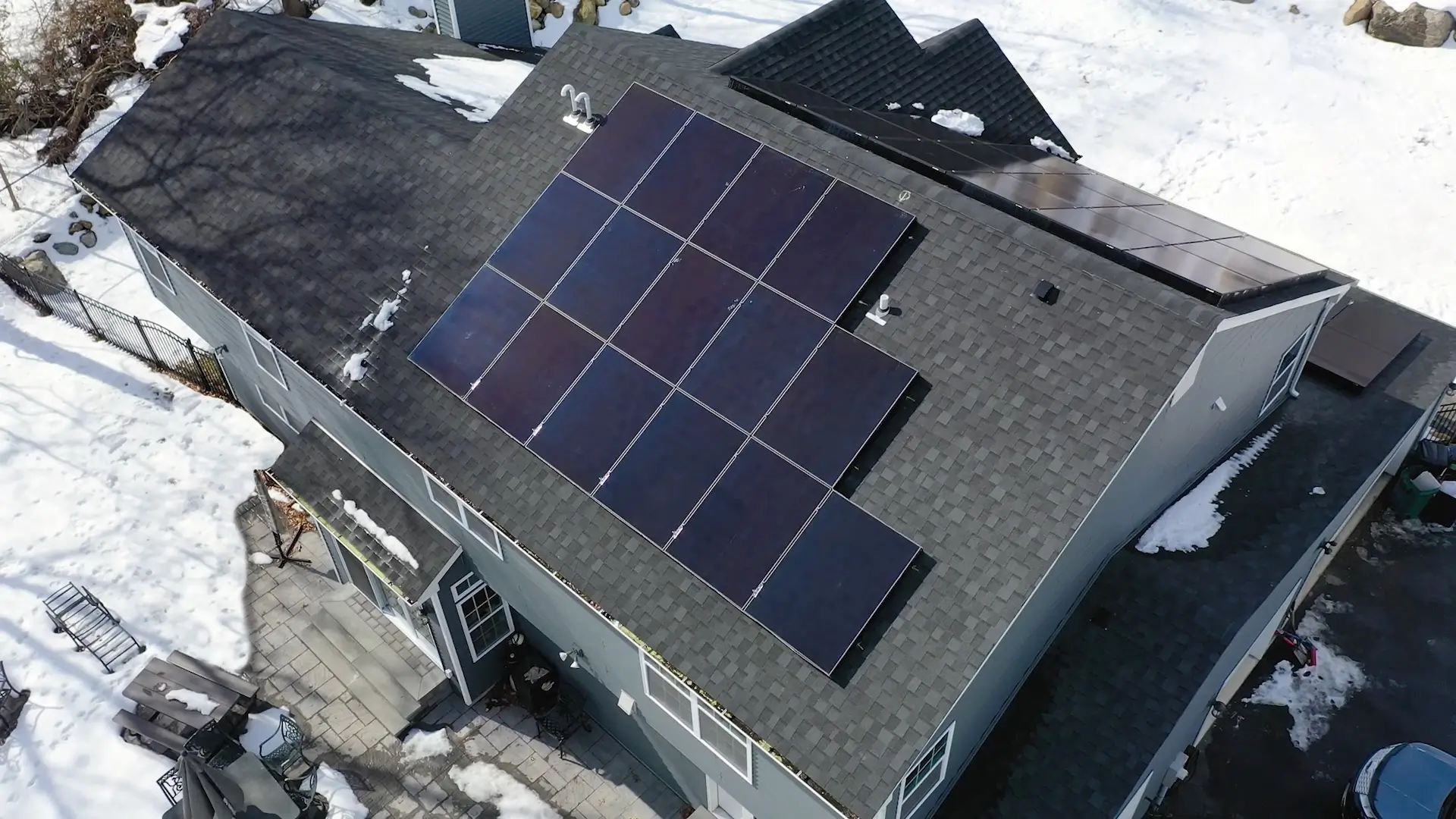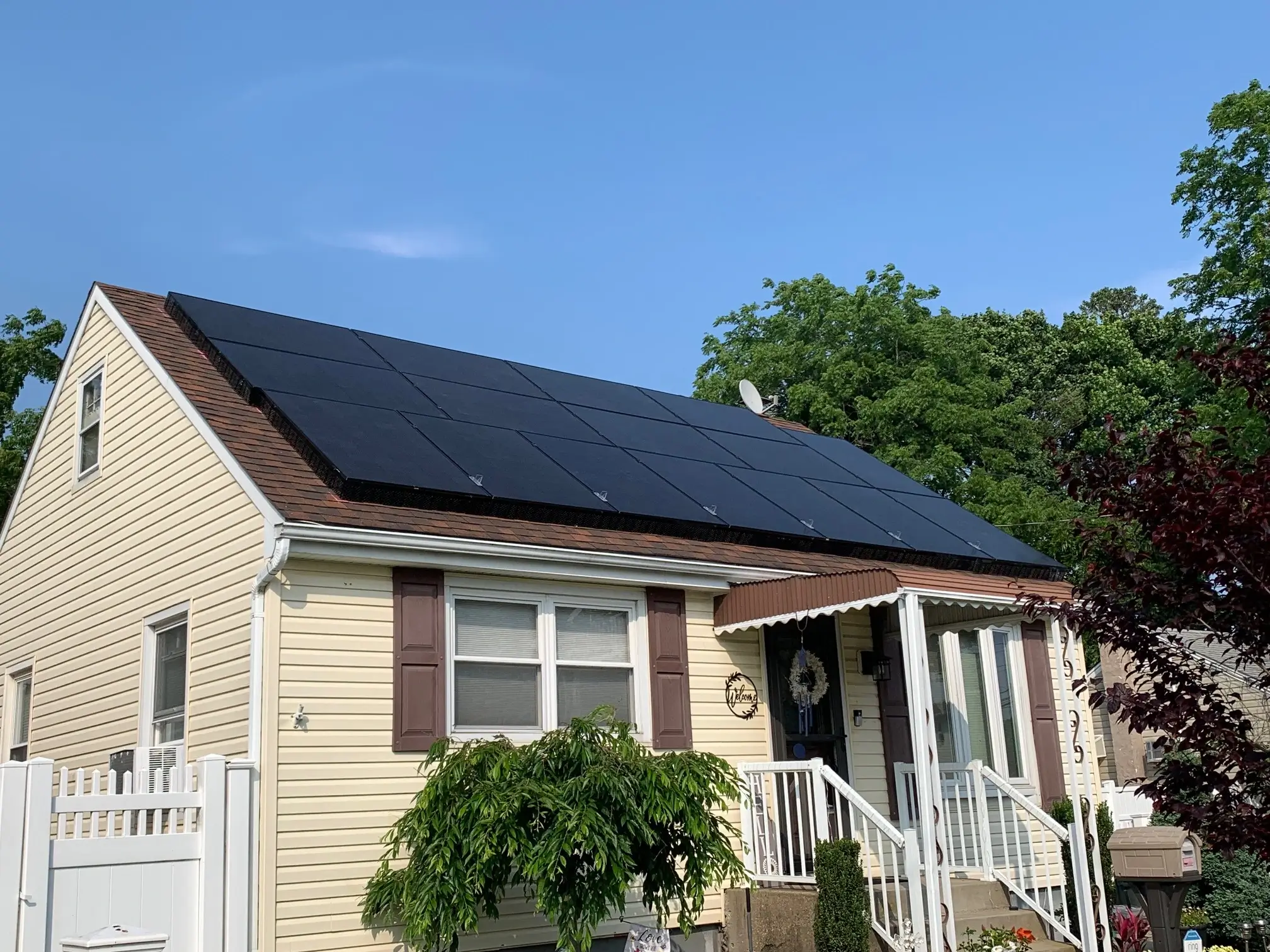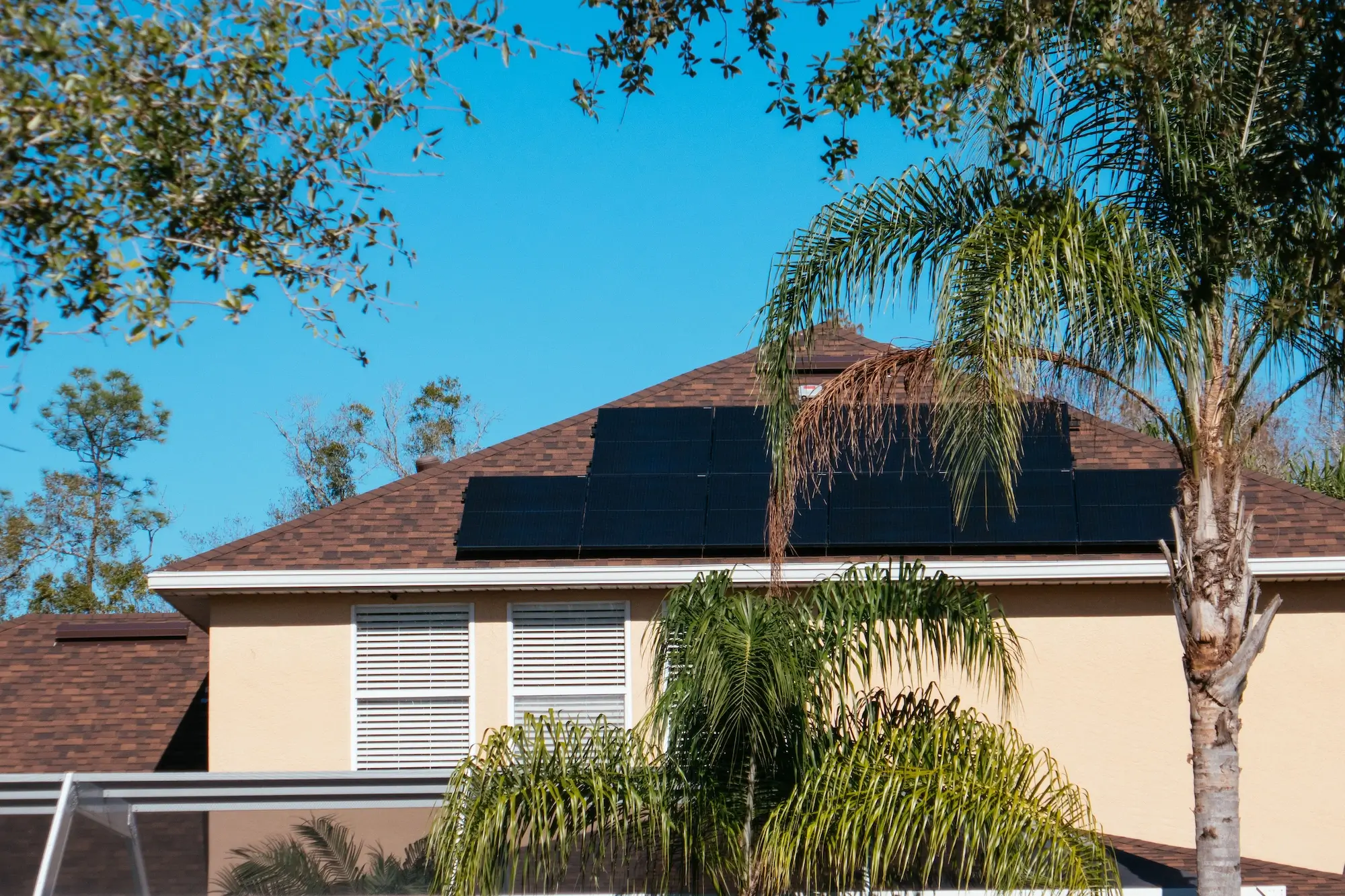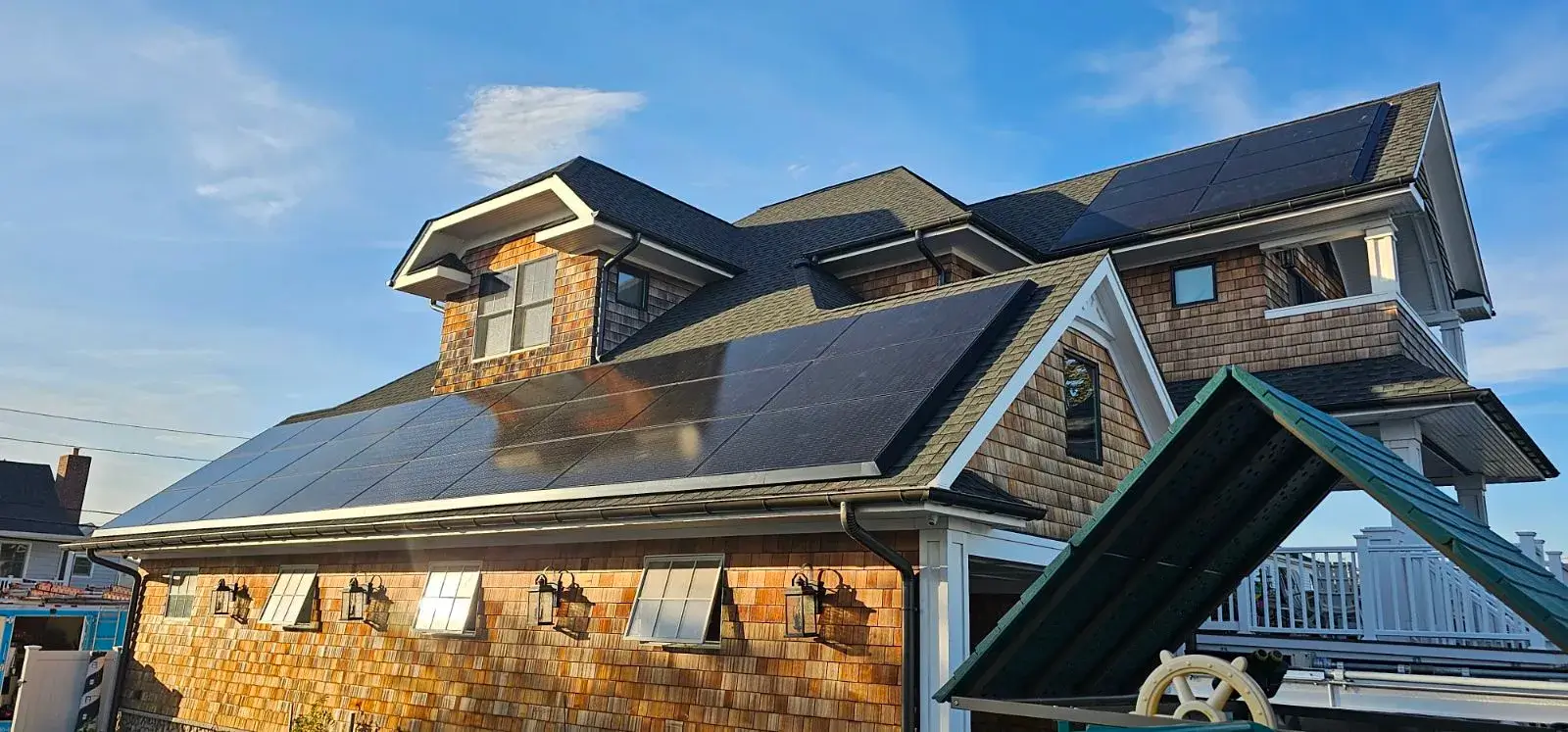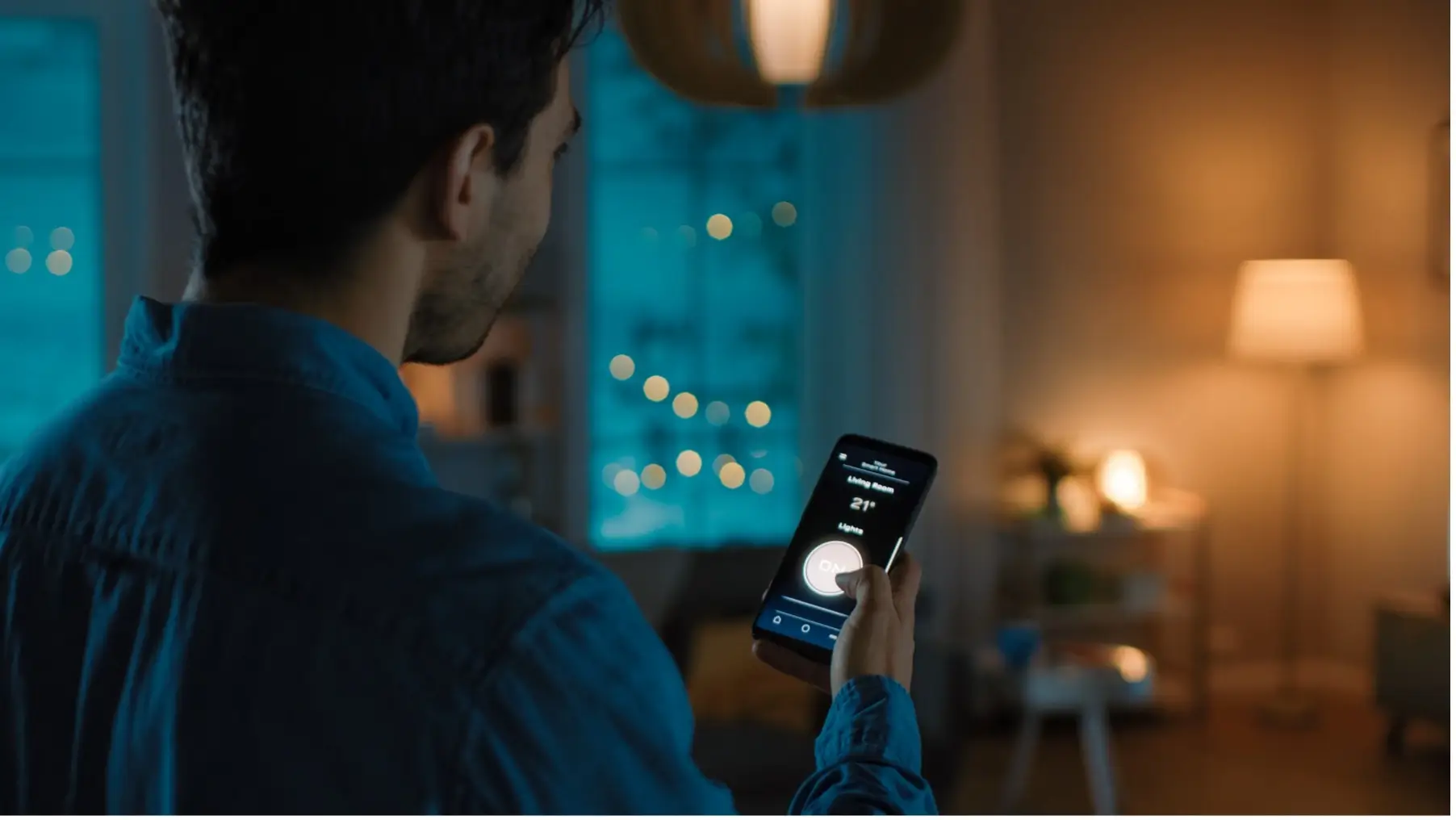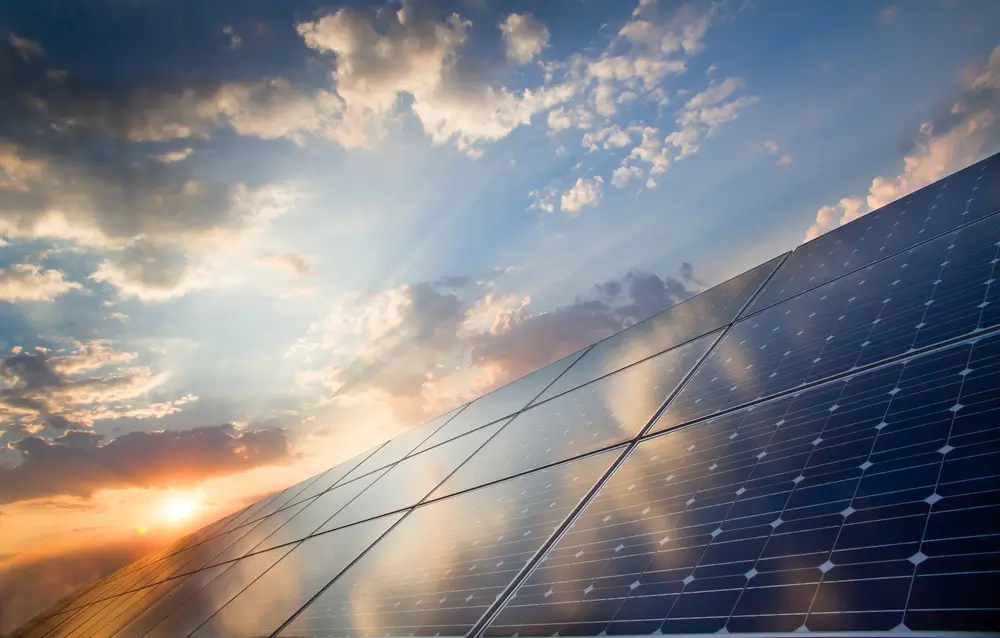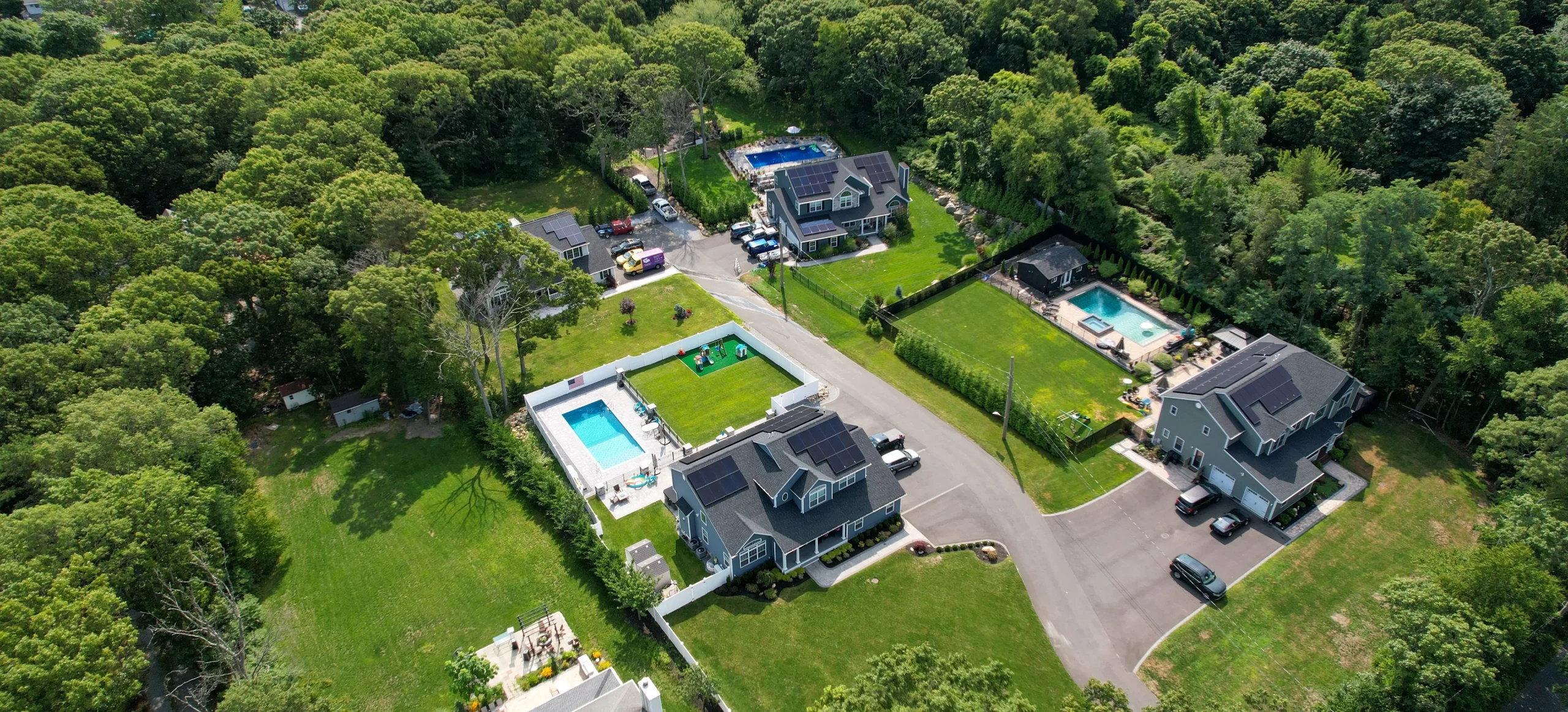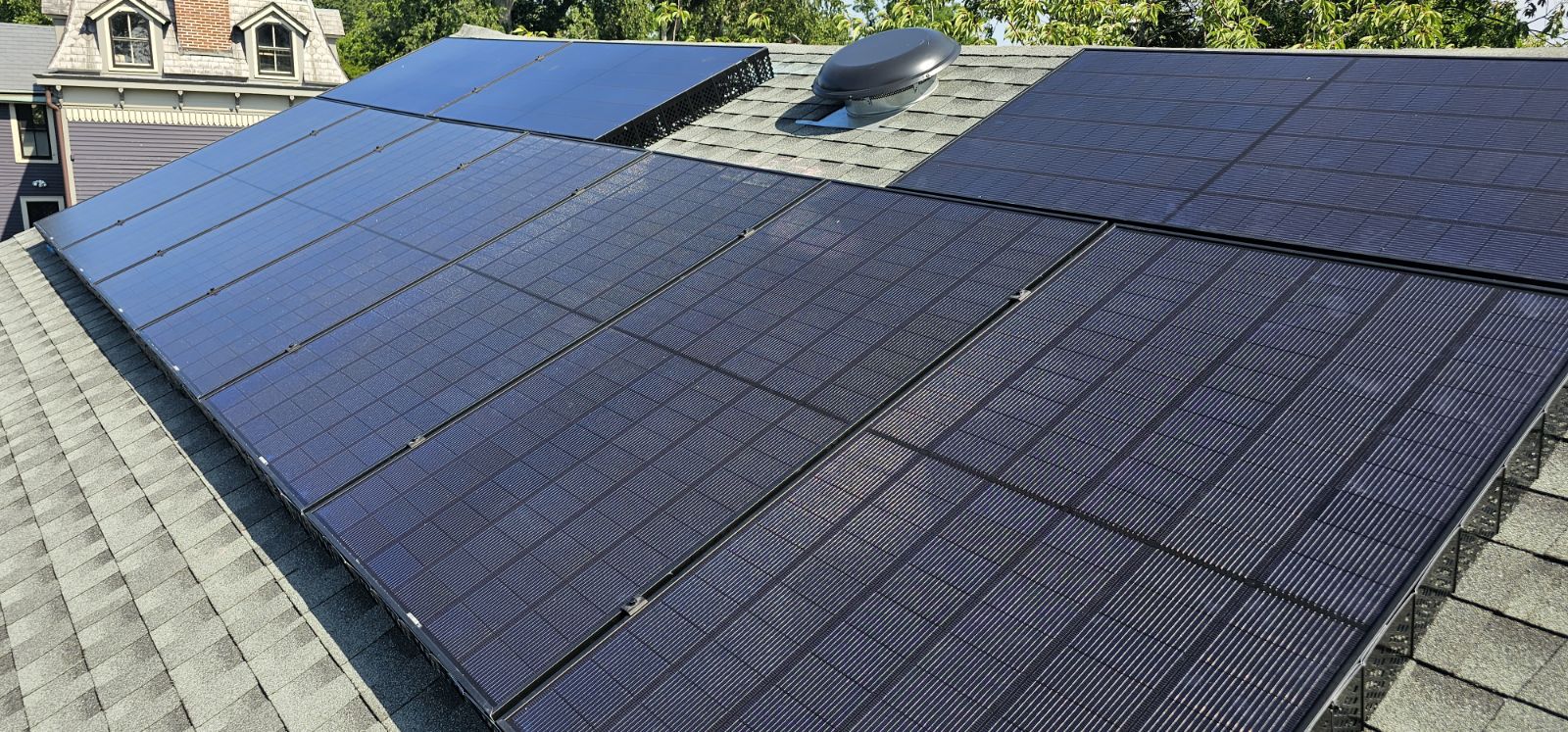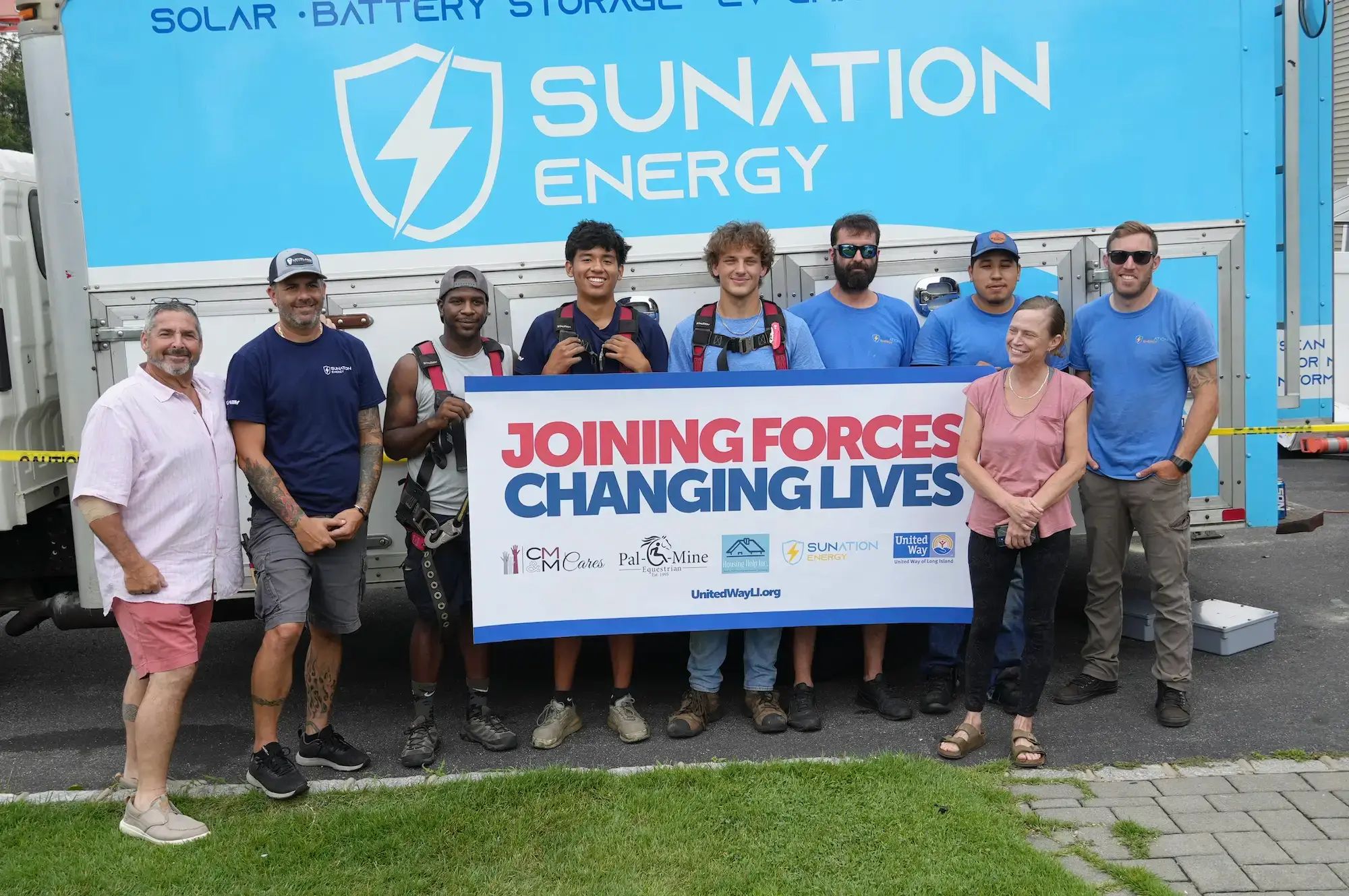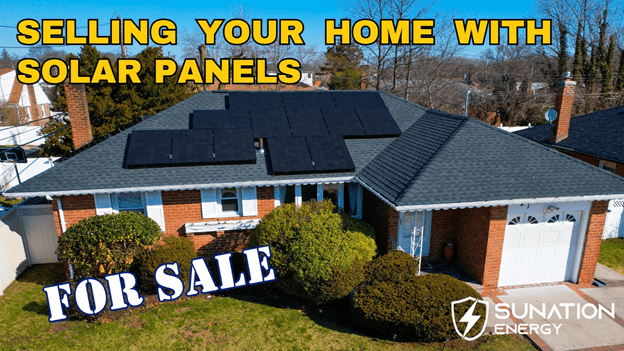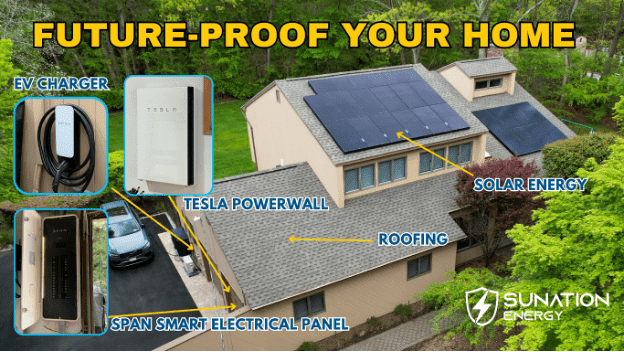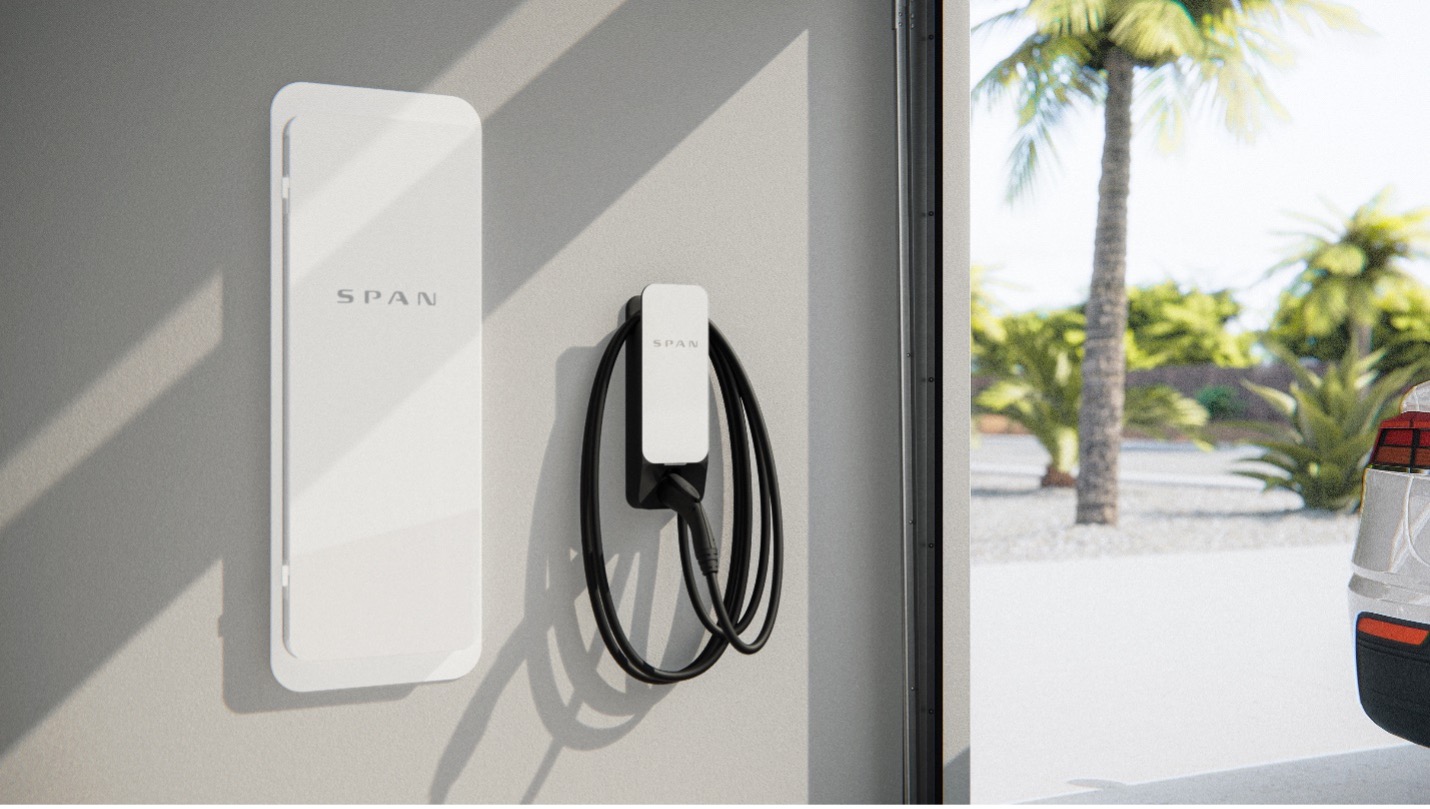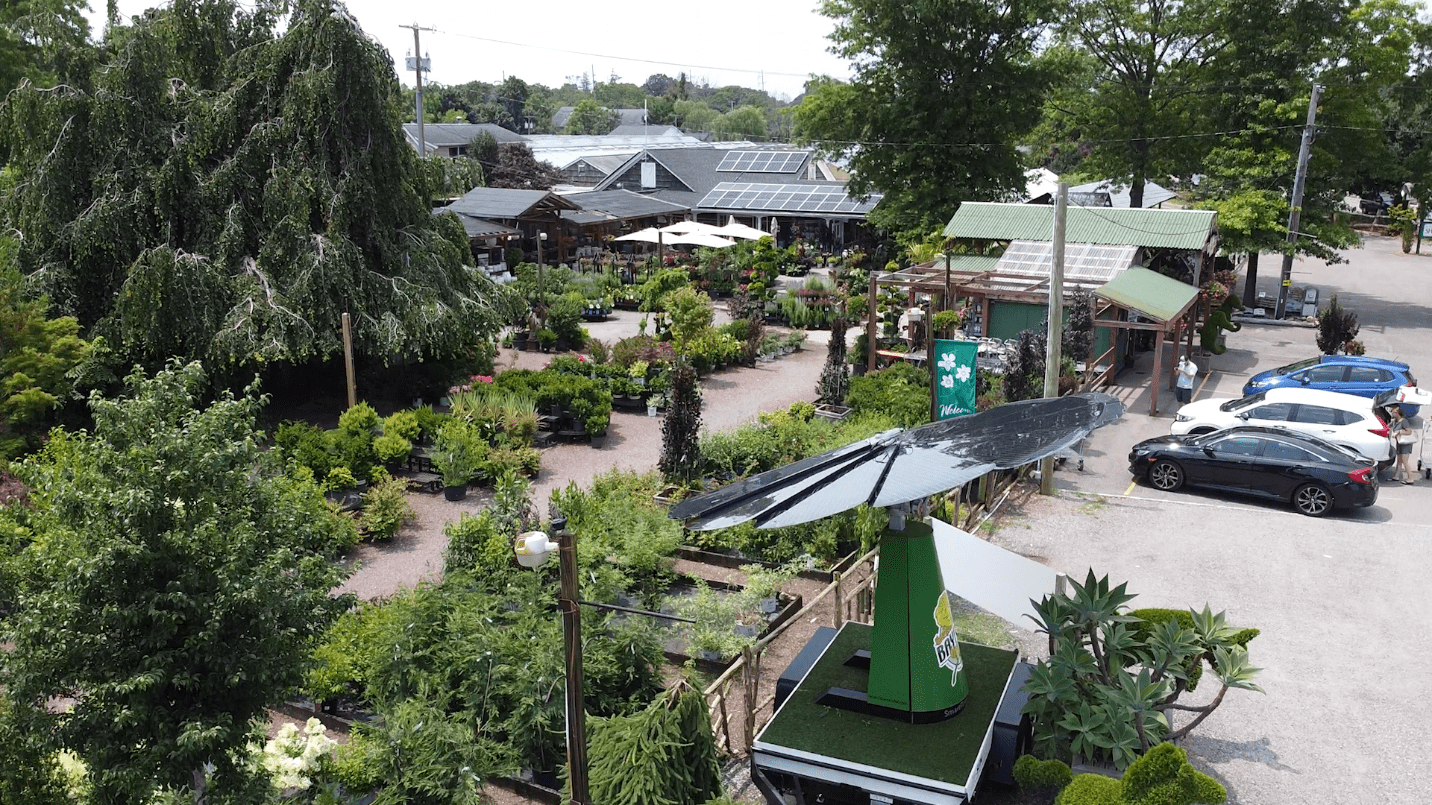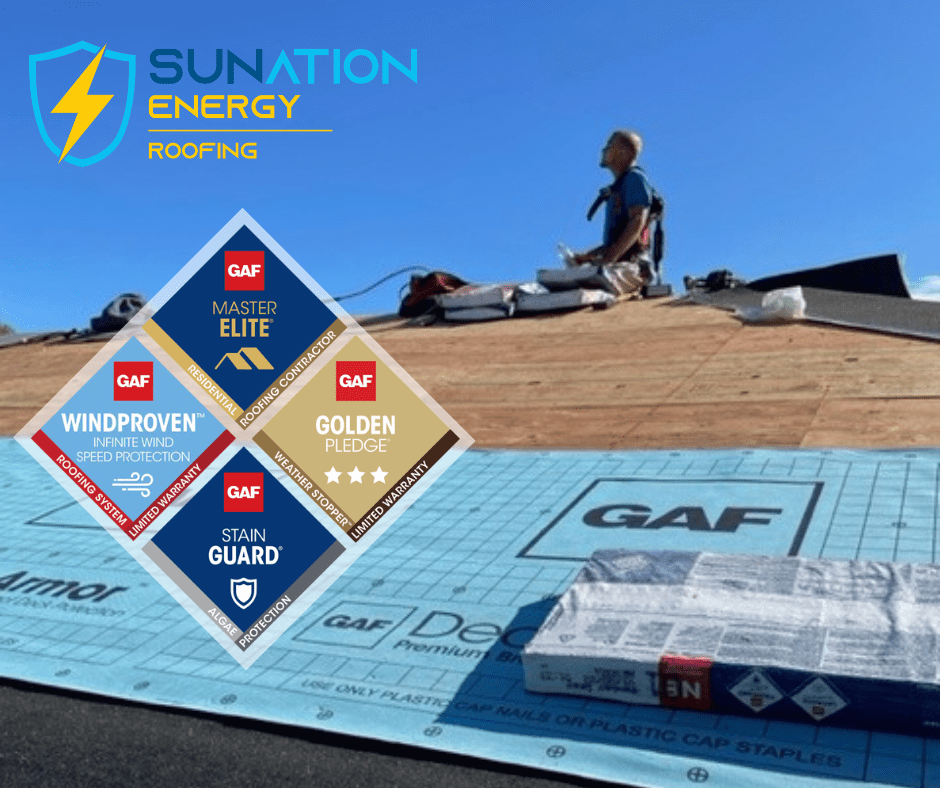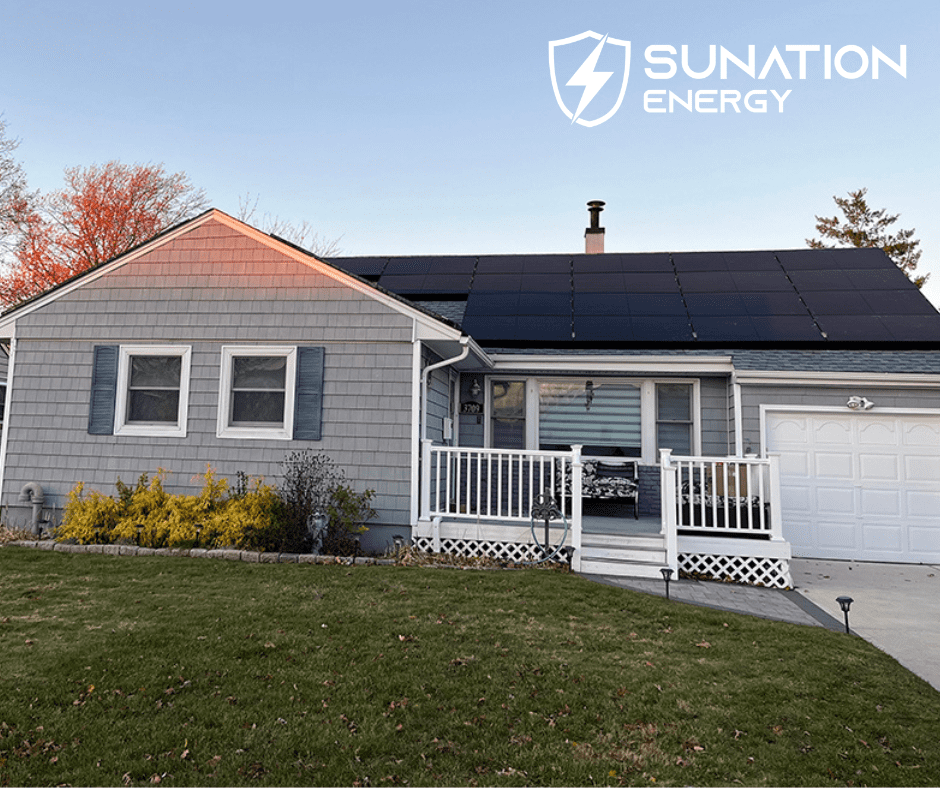
Once you’ve made the important decision to go solar, the next crucial decision you’ll face is where to place those solar panels on your roof. While all angles of your roof will receive sunlight in some way, here on Long Island some sides of your roof will be better suited to providing the most amount of solar energy and help lower your electricity bills even more. Fortunately, this is not a decision you’ll have to make alone. Solar experts are available to assess, analyze, and estimate how much clean energy your home can produce, all before any solar panels touch your roof.
Why The Direction Of Your Roof Matters for Solar
For some homeowners, the first thing they think about when they consider solar panel placement on their home is aesthetics. Some want a clean, flat design proudly shown on the front of their home while others prefer to have their solar panels facing their backyard. The truth is, when it comes to solar it’s more important to consider what side of the roof gets the most sun than whether the solar array is visible from the front of the house or not.
Solar energy is generated when sunlight reaches the solar panels and the direct current, or DC, electricity is converted to alternating current, or AC, electricity for everyday use. The more sunlight your solar panels are exposed to, the more electricity you can generate from your rooftop and the less electricity you’ll have to use from the expensive utility companies. When it comes to the placement of your solar panels, you want to optimize your system in a way that takes advantage of all the sunlight that reaches your roof.
Roofs on Long Island
Rooftops on Long Island come in all shapes and sizes, and can often face all directions at once. There are your simple gable roof designs that face in two opposing directions, hipped roofs that face all four directions, and then the more multifaceted hip and valley designs or dormer designs that come to many peaks along the rooftop. As these homes are already pitched, they may work to your advantage due to Long Island’s location in the Northern Hemisphere. Solar panels in the Northern Hemisphere work best at a 30-degree angle which works well with most rooftop designs. Even homes with a flat rooftop can get solar panels installed at this optimal 30-degree angle when facing the right direction.
South-Facing Roofs are Best for Solar Energy
For Long Island homes, the best direction for your solar panels to face is South. This placement takes advantage of sunlight exposure all day long to create the most electricity for your home. Due to where Long Island is geographically, homes in the Northern Hemisphere experience the most consistent amount of sunlight on the Southern side, whether it’s during the Summer or Winter. While the angle of the sun may change throughout the year, your South-facing roof will always get more direct sunlight and be the best place for your solar panels to generate the most energy.
Roofs Facing East and West For Solar
What if your roof doesn’t face South? Due to the placement of your home in your block, it’s possible your roof doesn’t face directly South. Not to worry. You can still take advantage of clean, renewable energy and maximize your rooftop’s exposure to the sun. In this case, the next best option for solar energy is to install solar panels on the East and West sides of your roof. East-facing solar panels can capture direct sunlight in the morning while West-facing panels can do the same in the afternoon. If possible, installing solar on both sides of your roof can be just as effective as a roof facing South.
Can You Have Solar On Your North-Facing Roof?
If your heart is set on installing solar panels facing North, it is possible, but it won’t be as effective. Since the North side of your home receives less direct sunlight throughout the day and throughout the year, the amount of electricity your panels can generate will be less than solar panels facing South, East, or West. It’s an option, but it may not generate enough to offset your energy use.
How A Solar Array Is Designed
As each home’s energy use is different and roof styles come in all shapes and sizes, each solar array is custom-built with the goal to offset 100% of the home’s energy use, or as close to it as possible. To do this, solar energy teams like SUNation’s look at a few factors:
- Sunlight Exposure: With the help of satellite imaging, solar site evaluators can create a map of your roof and see how much sun exposure your roof gets on average. This is useful in determining how the solar panels should be placed and can help spot any areas that are left in the dark.
- Shading: Even if you have a roof that faces South, being surrounded by tall trees or buildings could create a problem with shading. Solar panels placed in shaded areas will do very little in terms of generating electricity. If possible, removing trees before a solar installation can help to increase direct sun exposure and create more options for solar panel placement.
- Energy Use: How many solar panels your home needs will depend on what your home’s average energy use is. The more electricity you use, the more energy you’ll need to offset and the more solar panels you’ll need.
Installing Solar On Your Garage Roof
If you’re looking to offset more energy, or want another option besides your home’s roof, you could also choose a solar installation on your garage. Homes with separate garages can provide the same flat or pitched foundation for a solar installation as a house’s roof. If they’re facing an optimal direction in a sunny area, solar panels can likely be installed there and work just as effectively to offset your energy. This can also be a great option for homes that already have solar panels if homeowners are looking to add-on to their existing systems. Getting a new pool or an electric vehicle, for example, can increase the amount of electricity the home uses. If there is no more room on your home’s roof, the garage can be an ideal option to extend your solar panel array and meet your new energy needs to continue keeping your electricity bills low. A site evaluation will confirm whether your garage would be suitable for a solar installation in Long Island.
Ground-Mounted Solar Arrays
Another option to solar panels on your roof is having a ground-mounted solar array in your yard. If your roof experiences too much shading, or there isn’t enough room to install the number of solar panels you would need to offset most of your energy, installing panels on the ground can be just as effective. Similar to a rooftop solar installation, the solar panels would still need to be tilted and face South (or East/West) to generate the most energy. While ground-mounted solar arrays are more frequently seen in solar farms and on commercial property, they’re also a viable option for residential properties if there is enough room and adequate sunlight for the solar panels.
Is Your Home A Good Candidate For Solar?
If you’re still not sure if South or East/West is the best option for your home, call the trusted team at SUNation for a free quote and assessment. Our experts will walk you through your options and create a custom solar design that is both effective in lowering your energy bills and aesthetically pleasing. Call today to get started at 631-750-9454 or schedule a free consultation online.
